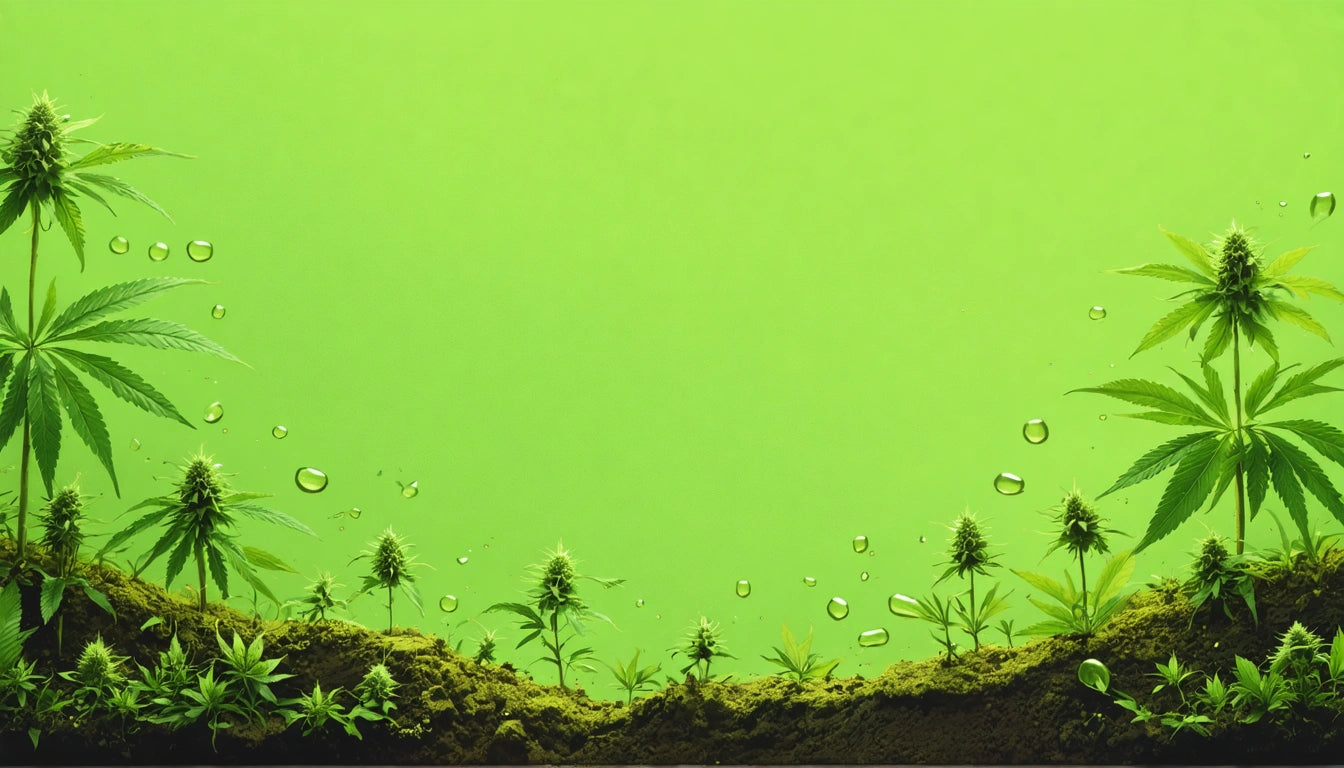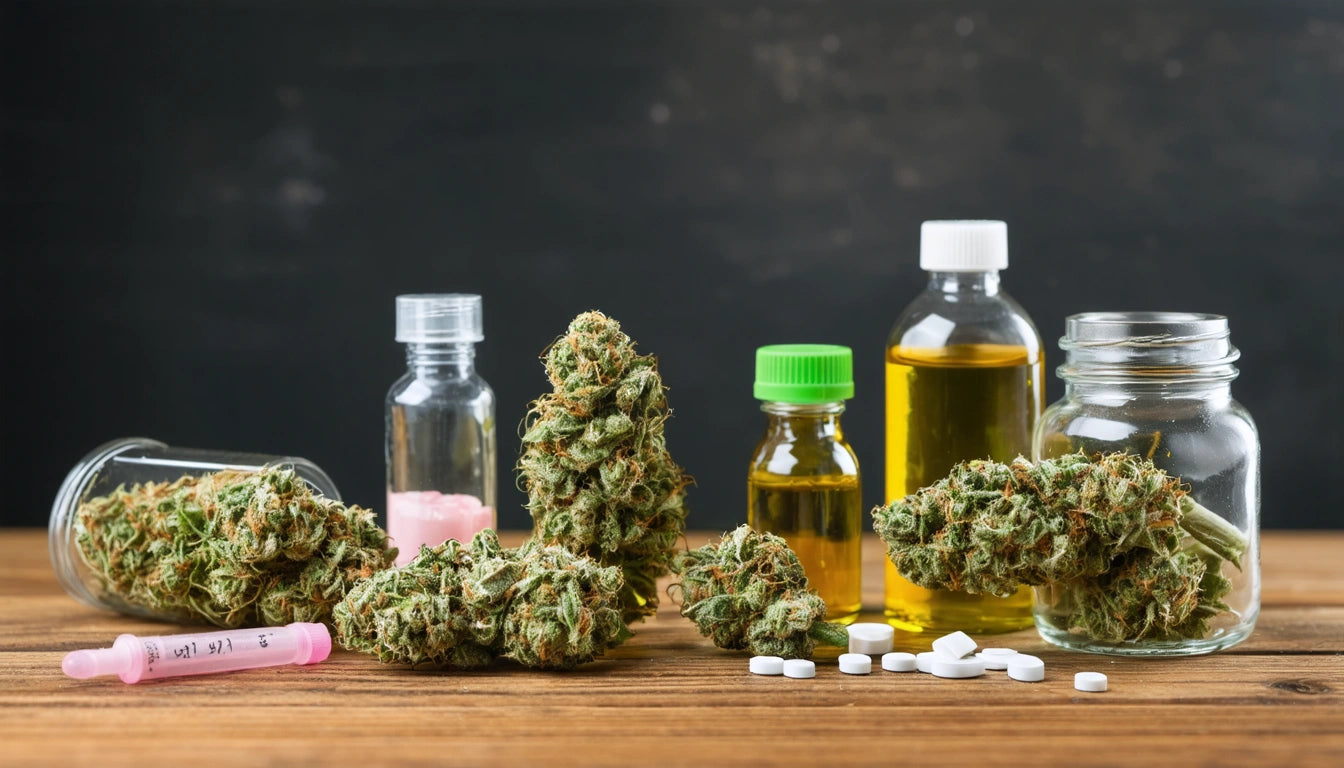Table of Contents
In the cannabis industry, sustainability claims have become increasingly important to environmentally conscious consumers. However, the line between genuine environmental commitment and greenwashing can be thin. This guide explores how cannabis brands can authentically communicate their sustainability efforts while avoiding misleading claims that could damage consumer trust and brand reputation.
Understanding Greenwashing in Cannabis Packaging
Greenwashing occurs when a company makes exaggerated or false environmental claims to appear more sustainable than they actually are. In cannabis packaging, common greenwashing practices include vague terms like "eco-friendly" without substantiation, misleading imagery suggesting environmental benefits, or emphasizing minor green attributes while ignoring larger environmental impacts.
According to consumer demand research, 73% of cannabis consumers consider sustainability important when making purchasing decisions, making accurate claims crucial for building trust.
Verification and Certification Standards
Recognized Certifications
Third-party certifications provide credibility to sustainability claims. When selecting sustainable packaging certifications, focus on recognized standards such as:
- Biodegradable Products Institute (BPI) certification
- Forest Stewardship Council (FSC) certification
- Recycled Content certification
- Compostable certification (ASTM D6400 or EN 13432)
These certifications have specific criteria and testing protocols, allowing brands to make precise claims backed by independent verification.
Material Verification
Understanding the true environmental impact of materials is essential. For instance, when considering bioplastics in cannabis packaging, verify whether they truly offer environmental benefits over traditional plastics in your specific application and disposal scenario.
Transparent Communication Strategies
Transparency forms the foundation of authentic sustainability communication. When implementing sustainable packaging solutions like high-volume storage options with reduced material usage, clearly communicate both the benefits and limitations of your environmental initiatives.
Specific vs. General Claims
Replace vague statements with specific, measurable claims:
- Instead of "eco-friendly packaging," specify "30% post-consumer recycled content"
- Rather than "green materials," state "hemp-based packaging that biodegrades in 180 days under commercial composting conditions"
- Avoid "environmentally preferred" in favor of "uses 40% less plastic than our previous packaging"
These specific claims are both more credible and more informative for consumers making purchasing decisions.
Life Cycle Transparency
Communicate the complete environmental impact of your packaging. The carbon footprint of cannabis packaging involves multiple stages, from raw material sourcing to end-of-life disposal. Acknowledging challenges while highlighting improvements demonstrates authenticity.
Balancing Compliance with Sustainability Claims
Cannabis packaging faces unique regulatory requirements that can complicate sustainability efforts. Child-resistant features, opaque materials, and extensive labeling requirements often conflict with minimalist eco-design principles.
As explored in this compliance and sustainability analysis, brands must navigate these competing priorities carefully. When communicating sustainability claims, acknowledge these regulatory constraints while highlighting how your packaging achieves compliance in the most sustainable manner possible.
Comparative Claims
When making comparative environmental claims, ensure they are:
- Specific about what is being compared (your previous packaging, industry standard, etc.)
- Substantiated with credible data
- Clear about the basis of comparison (weight, volume, etc.)
- Relevant to your product category
For example, claiming your packaging uses "50% less plastic than the industry standard" requires documentation of both your usage and the industry benchmark.
Sustainable Packaging Implementation Guide
Implementing truly sustainable packaging requires a comprehensive approach that considers material selection, design optimization, and end-of-life planning.
Material Selection
When evaluating materials, consider the complete environmental profile. Eco-friendly cannabis packaging materials include hemp-based plastics, recycled paper, and plant-based films. However, each has different environmental impacts depending on production methods, transportation requirements, and disposal options.
Consumer Education
Proper disposal significantly impacts the environmental footprint of packaging. Create clear consumer recycling education through on-package instructions, QR codes linking to detailed disposal information, or in-store collection programs.
Future Sustainability Innovations in Cannabis Packaging
The cannabis packaging landscape continues to evolve with new sustainable technologies and approaches. Understanding the differences between compostable and recyclable options helps brands make forward-looking decisions that align with developing waste management infrastructure.
By committing to continuous improvement, documenting progress, and communicating transparently, cannabis brands can build genuine sustainability credentials that resonate with environmentally conscious consumers while avoiding the pitfalls of greenwashing.











Leave a comment
All comments are moderated before being published.
This site is protected by hCaptcha and the hCaptcha Privacy Policy and Terms of Service apply.